Professional Installation: Securing Your Space with Durable Commercial Steel Doors
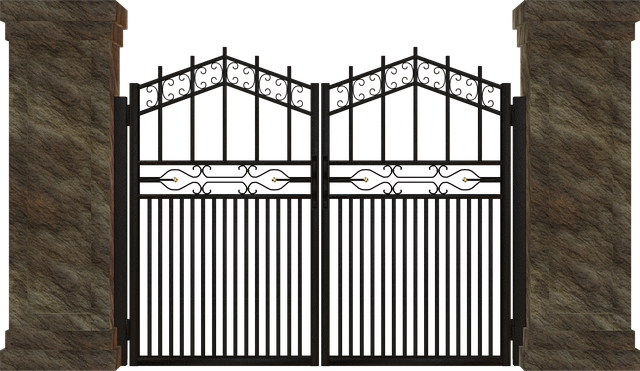
Commercial steel door installation requires careful consideration of building type, traffic volume,…….
Introduction
Steel doors have long been a cornerstone in construction, offering both security and durability. The process of installing these robust entry points is a specialized task that requires precision, expertise, and an understanding of the building’s context. This article delves into the intricacies of steel door installation, exploring its significance, the global impact it has, and the economic, technological, and policy frameworks that support its development. We will also examine the challenges in this field, present case studies, and project future trends. Readers will gain a comprehensive understanding of how steel doors are installed, their role in modern construction, and their broader implications.
Understanding Steel Door Installation
Steel door installation is a multifaceted process that involves selecting the right type of door, preparing the site for installation, and executing the installation with attention to detail. Core components include the door slab, frame, threshold, hardware, and any necessary insulation or weatherstripping. Historically, wooden doors were the norm, but steel doors have become increasingly popular due to their strength, longevity, and adaptability to various security and thermal performance needs.
Global Impact and Trends
The global influence of steel door installation is evident in both developed and developing nations. In North America and Europe, the focus is on enhancing security and energy efficiency. In contrast, emerging markets are increasingly adopting steel doors as they modernize their infrastructure. Global trends include a shift towards sustainable materials and smart technology integration. For instance, the use of recycled steel and automated locking systems reflects a commitment to both environmental responsibility and technological innovation.
Economic Considerations
The market for steel door installation is driven by factors such as construction growth, urbanization rates, and security concerns. Investment patterns show a preference for high-quality, durable doors that offer long-term value. In economic terms, steel door installation contributes to job creation, supports the steel industry, and influences the overall real estate market by affecting property values. It is a critical component of both new construction and renovation projects.
Technological Advancements
Technological advancements have significantly impacted steel door installation. Innovations such as high-strength steel alloys, advanced locking mechanisms, and smart home integration are changing the landscape. For example, biometric locks and remote access systems are becoming more common. Future potential includes even more sophisticated security features, such as AI-driven surveillance integration and improved energy efficiency through better insulation materials.
Policy and Regulation
Policies and regulations governing steel door installation vary by region but generally aim to ensure safety, security, and energy efficiency. International standards like those set by the American National Standards Institute (ANSI) and the European Committee for Standardization (CEN) provide guidelines that manufacturers and installers must follow. Compliance with these standards is not only a legal requirement but also a mark of quality and reliability.
Challenges and Criticisms
The steel door installation industry faces challenges such as material cost fluctuations, changing regulatory environments, and the need for skilled labor. Criticisms often revolve around sustainability concerns and the environmental impact of steel production. Solutions to these issues include embracing greener manufacturing processes, investing in workforce development programs, and advocating for policies that promote sustainable practices without compromising on quality or security.
Case Studies
Several case studies illustrate the successful application of steel door installation across various sectors. A high-security government building’s installation showcases the importance of robust entry points in protecting sensitive information. In residential areas, smart-enabled steel doors enhance both comfort and security. These case studies highlight best practices and the lessons learned from each project, contributing valuable insights to the industry.
Future Prospects
Looking ahead, the outlook for steel door installation is promising. Potential growth areas include smart home technology integration, eco-friendly materials use, and the development of new markets in regions with growing infrastructure needs. Emerging trends such as the demand for customizable doors and increased focus on cybersecurity for smart locks will shape the industry’s trajectory. Strategic considerations include staying abreast of technological advancements and adapting to the evolving regulatory landscape.
Conclusion
Steel door installation is a testament to the intersection of safety, security, technology, and sustainability in modern construction. It plays a pivotal role in protecting our spaces, enhancing our lifestyles, and contributing to economic growth. The insights provided throughout this article underscore its importance and highlight the need for continued innovation and responsible practices within the industry.
FAQ Section
What is steel door installation?
Steel door installation refers to the process of fitting a steel door into an opening in a structure, including the preparation of the site, the insertion of the door and its frame, and the final adjustments and securing of hardware.
Why choose a steel door over other materials?
Steel doors are chosen for their durability, strength, and resistance to environmental factors. They also offer improved security features and can be customized with various finishes and designs.
Are steel doors energy efficient?
Yes, modern steel doors can be equipped with insulation and weatherstripping to improve energy efficiency and reduce heating and cooling costs.
What are the latest technological advancements in steel door installation?
The latest advancements include smart locking systems, improved security technology, and materials that enhance both thermal performance and durability.
How do regulations impact steel door installation?
Regulations ensure that steel doors meet specific safety, security, and energy efficiency standards. Compliance is essential for market acceptance and legal operation.
What are the challenges faced by the steel door industry?
The industry faces challenges such as fluctuating material costs, labor shortages, adapting to new technologies, and meeting sustainability goals.
Can steel doors be customized?
Absolutely, steel doors can be customized in terms of size, design, color, and hardware options to fit specific needs and aesthetic preferences.

Commercial steel door installation requires careful consideration of building type, traffic volume,…….
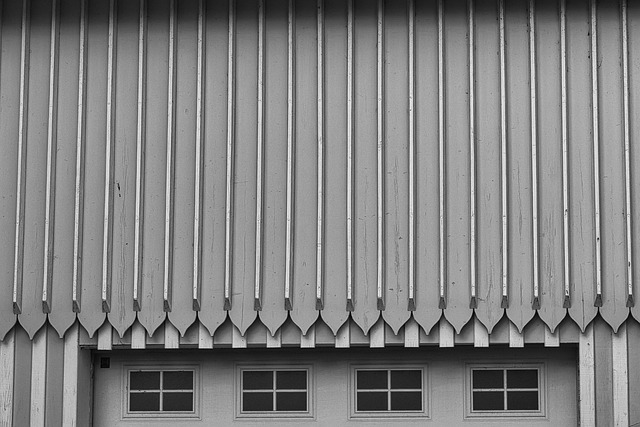
Custom steel doors offer superior durability, security, and weather resistance for both residential…….
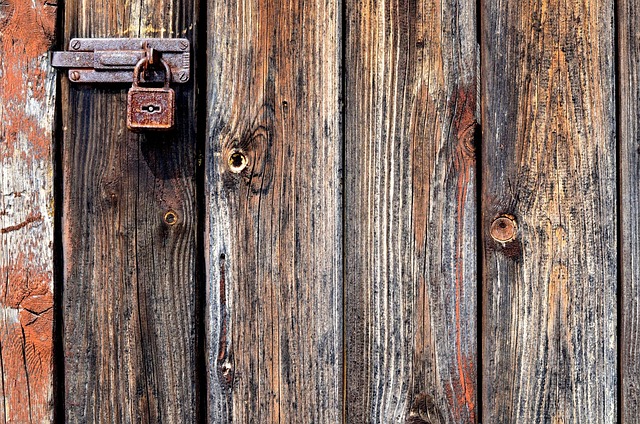
Security steel doors are a game-changer for homeowners and businesses due to their long-lasting dura…….

Security steel doors provide superior protection with their durable construction, high-strength stee…….
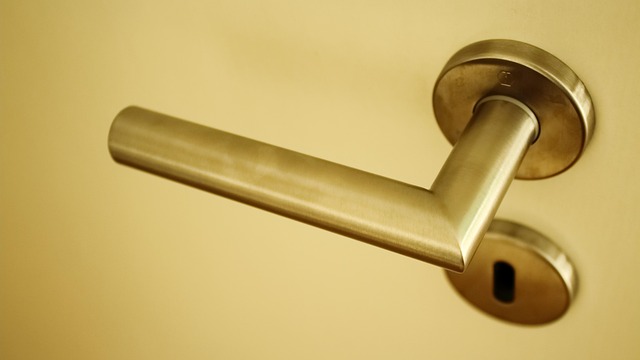
Steel entry doors are a top choice for homeowners and businesses due to their superior durability, s…….

Professional steel door services play a vital role in maintaining the durability and aesthetic appea…….
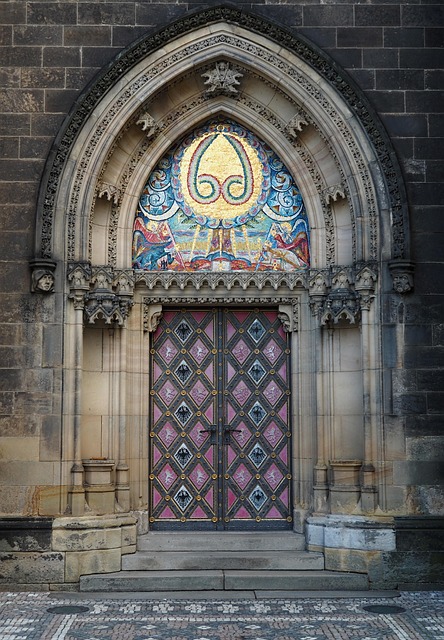
Fire-rated steel doors with insulated cores are a dual-purpose solution for urban noise pollution an…….

Commercial steel door installation is a strategic approach to achieving energy efficiency and enhanc…….

Professional steel door services transform spaces with custom designs that blend robust security and…….

Weather-resistant steel, treated with chromium, nickel, and molybdenum, is ideal for commercial stee…….